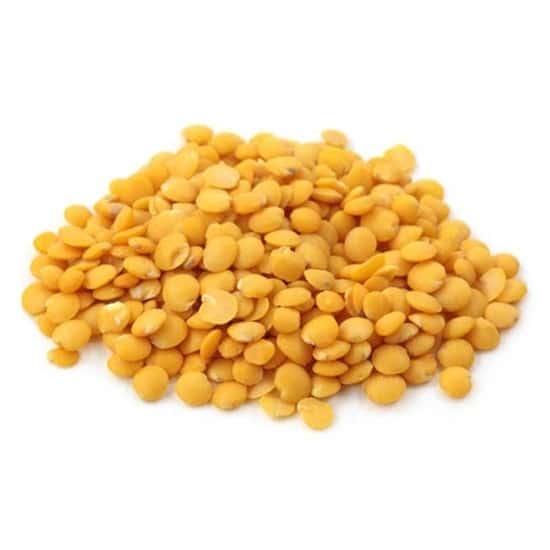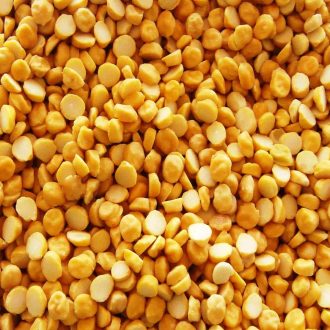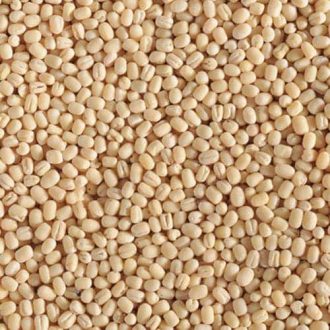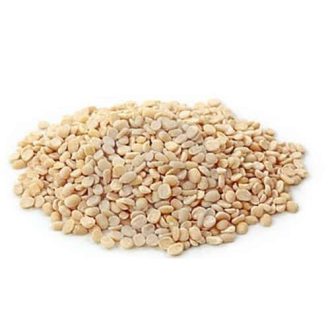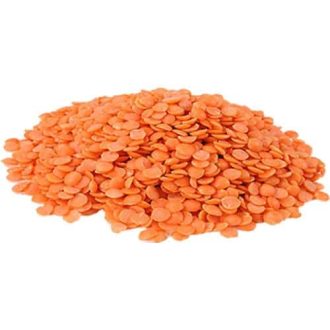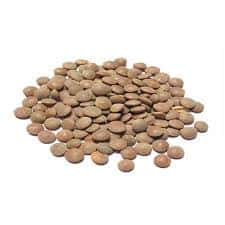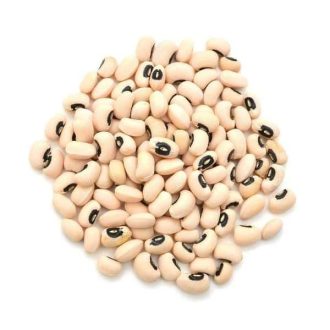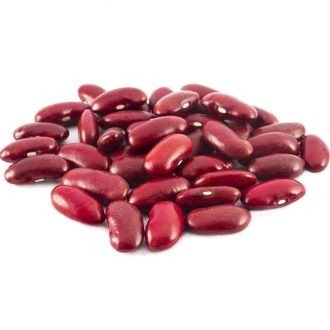Description
Ingredients
| Nutrients | Calories – 343 calories Dietary Fiber – 15 g Fat – 1.5g Carbohydrate 63 g |
|---|---|
| Protein | 22g |
| Minerals | Thiamin Magnesium Phosphorus Potassium Copper Manganese |
Pigeon pea, also known as Cajanus cajan, is a legume crop widely cultivated in tropical and subtropical regions, including India, Africa, and the Caribbean. It is a valuable source of protein, essential amino acids, and minerals, and is commonly consumed as “dal” (split pigeon peas). India is the world’s largest producer of pigeon peas.
-
- Botanical Name: Cajanus cajan (L.) Millsp.
- Common Names: Toor, Arhar, Red Gram, Congo Pea, Gungo Pea, Gandule, Gunga Pea, No-eye Pea
- Botanical Name: Cajanus cajan (L.) Millsp.
- Origin: India, with evidence suggesting it may have originated in Africa
- Nutritional Value: Rich in protein, iron, iodine, and essential amino acids
- Culinary Uses: Primarily consumed as “dal” (split peas) in various dishes, including curries, soups, and stews
- Cultivation: Predominantly a crop of tropical and subtropical areas, particularly the semi-arid regions of India
- Protein Source: Pigeon peas are a good source of protein, making them an important food source in regions where animal protein is limited.
- Essential Amino Acids: They contain essential amino acids like lysine, threonine, cystine, and arginine.
- Minerals: Rich in iron, iodine, calcium, phosphorus, and magnesium.
- Vitamins: Contain thiamine, riboflavin, niacin, vitamin B-6, and folate.
- Low Glycemic Index: Pigeon peas have a low glycemic index, which can be beneficial for managing blood sugar levels.
Cultivation and Uses:
- India: The second most important pulse crop after gram, primarily cultivated in Maharashtra, MP, Karnataka, UP, Gujarat, and Jharkhand.
- Other Regions: Widely cultivated in East Africa, the Caribbean, and parts of Asia.
- Intercropping: Can be intercropped with other crops, like sorghum and cotton.
- Green Manure: Leaves and immature stems can be used as green manure.
- Mulch: Fallen leaves can be used as mulch to improve soil moisture retention.

